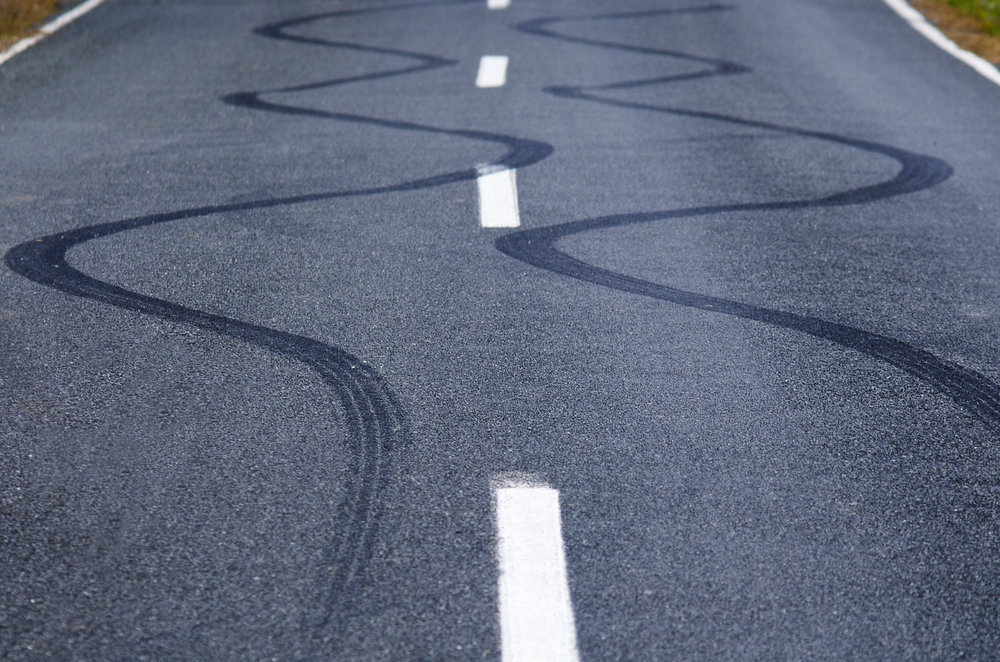Understanding Comparative Negligence Law in California
In California, when it comes to determining responsibility in car accidents or personal injury cases, the state adheres to the doctrine of comparative negligence. This principle dictates that a plaintiff’s recovery in an accident or personal injury case can be reduced by the percentage of their own fault in the incident.
Comparative Negligence vs. Contributory Negligence
While some states utilize the concept of contributory negligence, where an individual who is even slightly at fault may not recover damages at all, California has adopted a more lenient stance. Comparative negligence, as applied in California, allows injured parties to recover damages even if they are partly to blame for their own injuries.
How Comparative Negligence Works in California
Let’s imagine a scenario where an accident took place, and the jury determined that the defendant was 75% at fault, while the plaintiff was 25% at fault. The damages decided by the court amount to $100,000. Under California’s comparative negligence law, the plaintiff would receive 75% of the total damages, or $75,000, to account for the defendant’s portion of the blame. The plaintiff’s own 25% fault reduces the original damages awarded.
Application of Comparative Negligence in Personal Injury Cases
This doctrine is highly relevant in various personal injury cases, from slip and fall accidents to medical malpractice. In all these scenarios, the injured party’s conduct leading to the injury is thoroughly examined. If it’s found that their actions contributed to their harm, the damages awarded will be reduced according to their percentage of fault.
Implication of Comparative Negligence in Settlement Negotiations
Even before cases reach the courtroom, the concept of comparative negligence plays a significant role in settlement negotiations. Insurance companies often calculate the risk of potential fault by the plaintiff to reduce their liability. It’s crucial for plaintiffs to understand this principle as it can drastically affect the compensation they receive.
In light of these complexities, seeking the help of a skilled personal injury attorney can be vital. They can navigate the nuanced landscape of comparative negligence law, arguing effectively for a lower percentage of fault and thereby increasing potential compensation.
Comparative Negligence in Car Accidents
In the realm of car accidents, California’s comparative negligence law becomes particularly significant. Suppose you’re involved in a collision where the other driver ran a red light, but you were speeding. In this case, both parties bear some degree of fault. The court, after thorough examination, might determine that the driver who ran the red light was 70% at fault, and you were 30% at fault because you were speeding. Consequently, your awarded damages would be reduced by your 30% share of the fault.
Comparative Negligence and Multiple Defendants
Cases involving multiple defendants also underscore the complexity of comparative negligence. If more than one defendant is found liable for an accident, the court must delineate each party’s percentage of fault. For example, in a car accident involving a faulty brake line and a reckless driver, both the vehicle manufacturer and the driver could be held accountable. However, it’s the court’s duty to determine the respective shares of blame, which directly impacts the compensation each defendant must pay.
Comparative Negligence in Product Liability Cases
In product liability cases, such as those involving defective products that cause injury, California’s comparative negligence law is also applied. Here, if the plaintiff incorrectly used the product or didn’t heed warning labels, they may be held partially responsible for their injuries. This would result in a reduction of their compensation in line with their percentage of fault.
Understanding ‘Pure’ Comparative Negligence
California follows a ‘pure’ comparative negligence rule. This means that a plaintiff can recover damages even if they are 99% at fault for the incident. This is distinct from ‘modified’ comparative negligence rules in some other states, where the plaintiff can’t recover damages if they are found to be more than 50% or 51% at fault.
The process of determining fault percentage is fraught with complexities. It requires detailed evidence, expert testimonies, and a comprehensive understanding of the law. Engaging a seasoned lawyer to represent you can significantly enhance your ability to effectively present your case and secure the maximum possible compensation.
Get in touch with an attorney today at the Neumann Law Group for help with your case.
Reach them at:
Michigan
Mailing Address
Traverse City
300 E Front St #445
Traverse City, MI 49684
Phone: (231) 221-0050
Fax: (231) 221-0051
or
Grand Rapids
250 Monroe Ave NW, #400
Grand Rapids, MI 49503
Phone: (616) 717-5666
Fax: (231) 221-0051
Or
Detroit
400 Renaissance Center #2600
Detroit, MI 48243
Phone: (248) 216-1660
Fax: (231) 221-0051


